Seishun 18 kippu, the Youth ticket for “young people of all ages”
This article describes a recent rail tour of Chugoku and Kita Kyushu (Northern Kyushu) that TS Japan Rail planned and did at the end of March / early April 2022.
The purpose of this article is to give the reader, whether a general traveller or a rail fan some ideas on Exploring Japan by Rail or Exploring Japan’s railways, in particular using the Sanyo Main Line and crossing Kyushu using the Hohi Main Line. You can download an example itinerary at the end of this article.
A 6 Day Rail trip
Over a six day period we travelled the San’in (Setouchi) area of Chugoku and Northern Kyushu starting from Himeji and going via Tsuyama, Okayama, Kurashiki, Hiroshima, Oita, Aso, Kumamoto to Fukuoka and back via Hiroshima and the Kure Line. This trip, using an English expression, took the “scenic route”. We travelled mostly by local trains using the Seishun 18 Kippu, but this trip can be done also using JR Rail Passes, other domestic passes and even ordinary rail tickets in whole or part. TS Japan Rail can help you plan your trip!
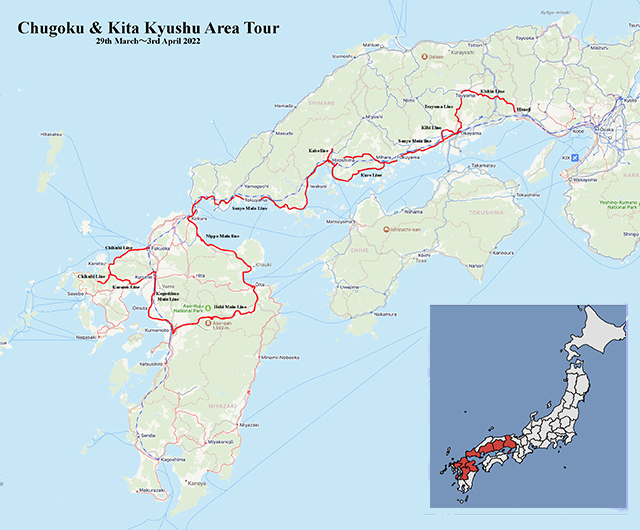
Seishun 18 Kippu – what is it?
The Seishun 18 Kippu (literally “Youth 18 Ticket”) is a ticket issued by the JR companies designed for college students, but available to all ages. It allows holders to travel on local JR trains [including ordinary rapid (快速) services] throughout the country. It is only available during college holidays. An interesting feature is that it is valid for 5 days for 1 person, or can be used, for example, by 5 people for 1 day, or any other combination (but everyone has to travel together in a group). It is cheap Y12,050, so it is fairly easy to get full value from the ticket (basically to travel equivalent basic fare of Y2,410 per person per day which is roughly 150km*).
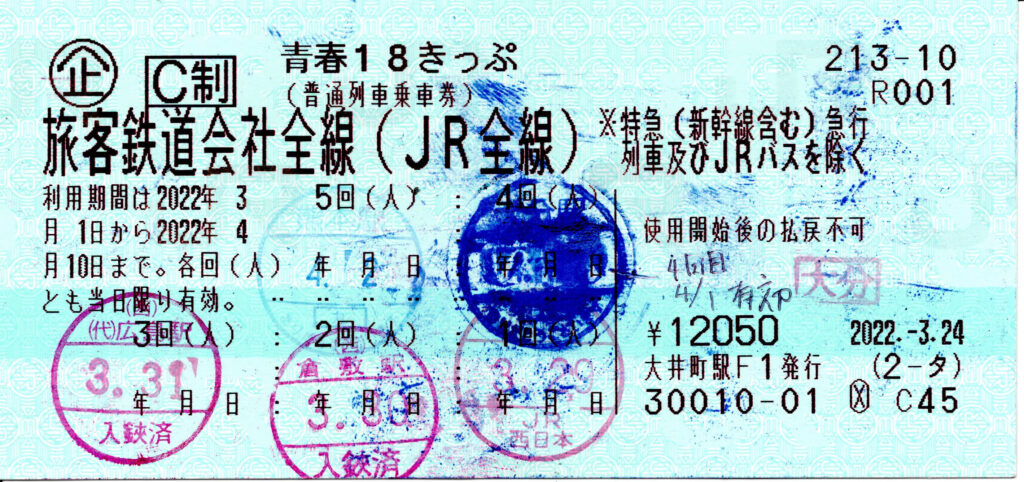
Of course you need time as it can only be used on local and ordinary rapid trains. With some planning you can still get full value by paying extra to cover certain sections by limited express and shinkansen whilst using the Seishun 18 Kippu for the scenic and interesting parts of your trip. This is exactly what we did on our Seishun 18 Kippu tour of Chugoku and Kita Kyushu. The ticket is only available on JR services.
(* This is a very rough guide distance it could be less if you often break your journey as basic fare is based on distance travelled and gets relatively cheaper the further you travel)
Day 1– Long way round from Himeji to Kurashiki
An early start from Tokyo by shinkansen we went to Himeji in Hyogo Prefecture to start our trip. As the Seishun 18 kippu can only be used on local trains, we bought separate tickets for the shinkansen and got our Seishun 18 kippu validated for its first day at the shinkansen ticket gate at Himeji. (one disadvantage of the Seishun 18 Kippu is that you need to get it validated each day (the ticket will be stamped in the designated place) and you must go through a manned ticket barrier (cannot use the automatic gates).
| Route | Line | KM | Seishun 18 Kippu |
|---|---|---|---|
| Himeji~Tsuyama | JR Kishin Line | 86.30 | O |
| Tsuyama~Okayama | JR Tsuyama Line | 58.70 | O |
| Okayama~Kurashiki | JR Kibi Line / Hakubi Line | 37.30 | O |
| Kurashiki~Okayama ~Kurashiki | JR Sanyo Main Line | 31.8(*) | O |
Himeji itself has a fine castle and is well worth a visit. We started our trip on the JR Kishin line changing trains at Sayo. We had nearly an hour wait here, where we could take some photos and video of trains, including Chizu Kyuko trains as the two lines come together here, but there was not much else to see. Much of this Line is rural and although the scenery seen from the train is great and worth the journey, there is not much to get off for, and the train frequency is low. The exception is Tsuyama, where most people will have to change trains anyway.
Tsuyama
Tsuyama is a castle town and for rail fans is also a railway town. The castle is well worth a visit (although we did not have time on this trip) and there is a railway museum in the old railway depot with a very typical roundhouse and turntable and display of old diesel railcars. In front of the station, there is a preserved steam locomotive (C11-80).
From Tsuyama we traveled on the equally scenic Tsuyama Line to Okayama. From Okayama we did a circular course using the Kibi Line and Hakubi Line to travel to Kurashiki and then later to travel to Okayama. This was partly to get some tram pictures, before returning to Kurashiki.
Okayama has its castle and wonderful Japanese garden and is well worth a visit. Kurashiki is also an interesting city with its historical area of tradesmen houses and a very peaceful river (see Day 2) and is where we stayed overnight.
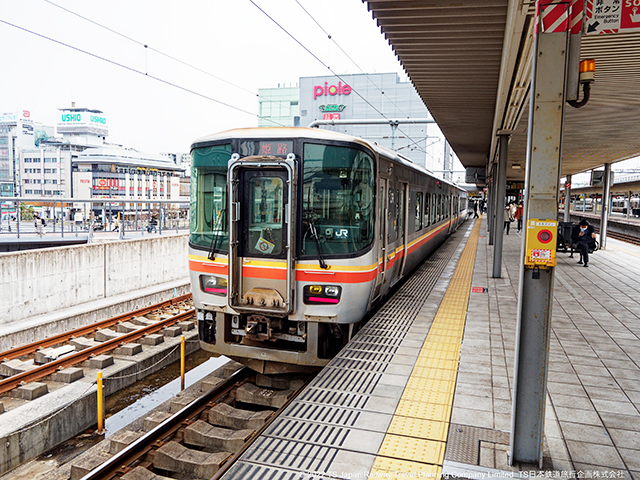 | 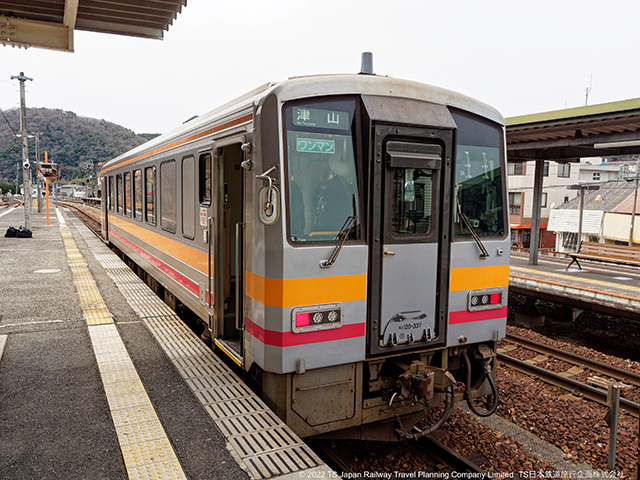 |
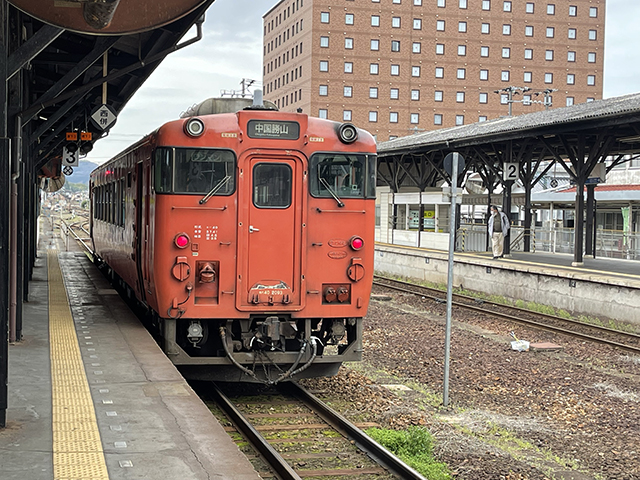 | 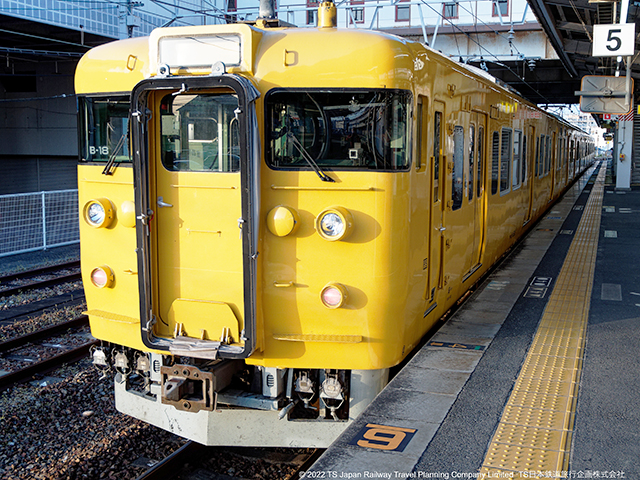 |
Info for Rail Fans
For rail fans this area has a lot of variety of trains, the above pictures only being a small sample. There is a lot diesel traction as Okayama is the base for many of the rural lines that run between San’in and San’yo, the two sides of Chugoku. As already mentioned there is a railway museum at Tsuyama.
Day 2 – Kurashiki to Hiroshima
| Route | Line | KM | Seishun 18 Kippu |
|---|---|---|---|
| Kurashiki~Hiroshima | JR Sanyo Main Line | 145.4 | O |
| Hiroshima Trams (Hiroden) | X(*) | ||
| Hiroshima~Aki-Kameyama~Hiroshima | Kabe Line | 37.2(**) | O |
On Day 2 we got up early to see the historical area of Kurashiki. At 7am it was quiet with only a few people about and the streets and river, that runs through the city were very peaceful. The timing of this trip also coincided with the Sakura blossom season. This was a perfect way to start the day!
Views of the Seto Inland Sea
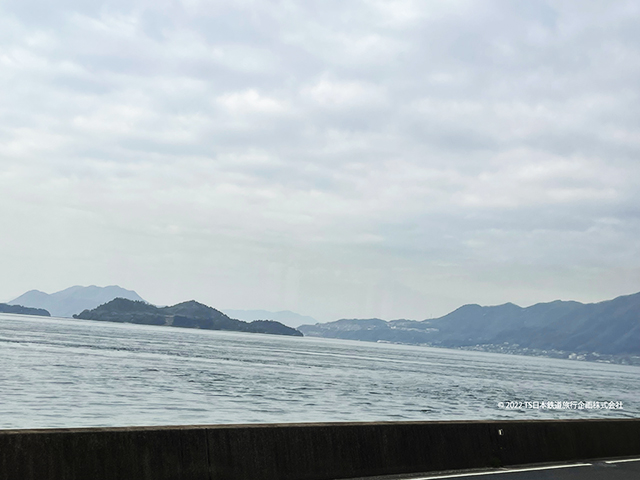
The Sanyo Main Line runs along the coast line for much of its route and in other areas rather than going through the mountains as the shinkansen does, goes round them.
For me, this is the beauty of taking a local train, you see much more! There are also a number of towns and cities that you would otherwise speed through without ever knowing or seeing from the Shinkansen.
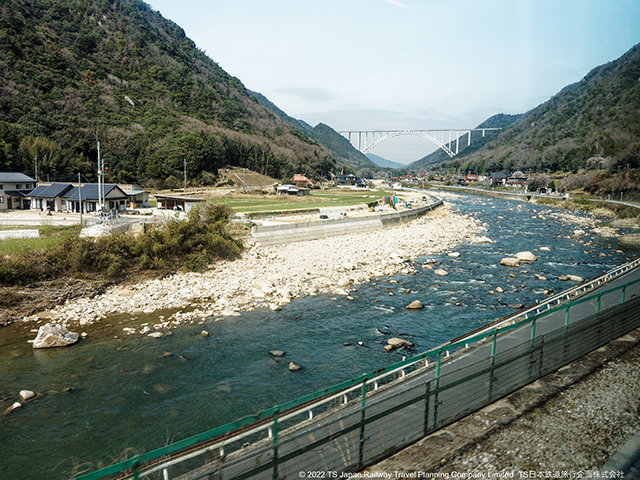
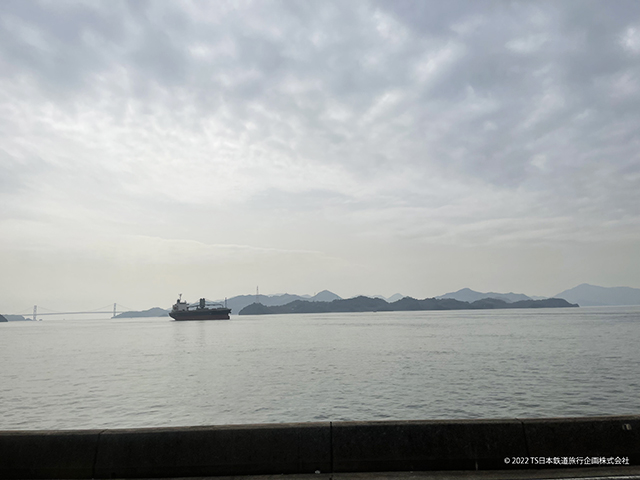
As well as Kurashiki, there is Fukuyama (castle) and Onomichi (coastal town with good views over the Seto Inland Sea) on this section. And are worth visiting if time allows.
Hiroshima & Miyajima
For those who have not visited Hiroshima before a visit to the Peace Park with the Atomic Dome & Museum are a must.
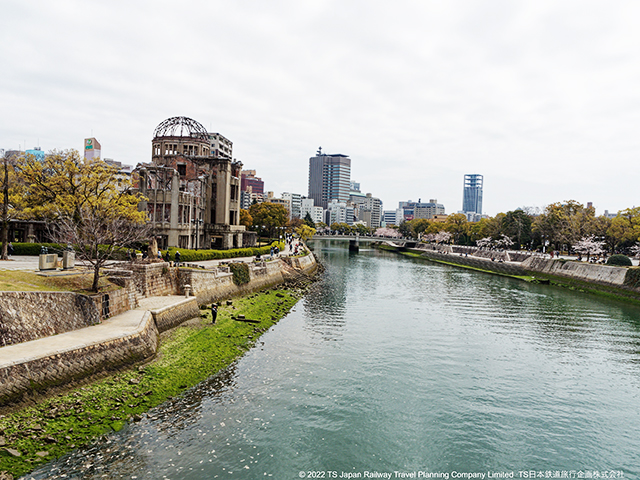
Nearby to Hiroshima is the famous Miyajima (island) with the famous Itsukushima shrine and its Torii gate out in the water. There are also other attractions on the island (for this trip we did not visit, and the Itsukushima shrine is undergoing restoration work until the end of 2022). Miyajima can be reached in less than an hour from Hiroshima by either Hiroden tram or JR Sanyo Line and then a ferry to the island.
Info for Rail Fans
For rail fans, Hiroshima is famous for its extensive tram network and we spent some time travelling on various routes and trams. We also took the local JR Kabe Line to its destination. There are still a variety of trams in Hiroshima, including both very modern barrier free versions and some much older ones (not so barrier free) so there is a lot to see. JR trains in the area used to be quite varied, but services on electrified routes are now almost exclusively operated by the relatively new 227 series, the Hiroshima sets being branded “Red Wing”. They are a comfortable train.
Day 3 – The long haul – Hiroshima to Oita
| Route | Line | KM | Seishun 18 Kippu |
|---|---|---|---|
| Hiroshima~Kokura | Sanyo Main Line | 235.2 | O |
| Kokura~Mojiko ~Kokura | Kagoshima Main Line | 22.0(*) | O |
| Kokura~Oita | Nippo Main Line (Limited Express) | 132.9 | X |
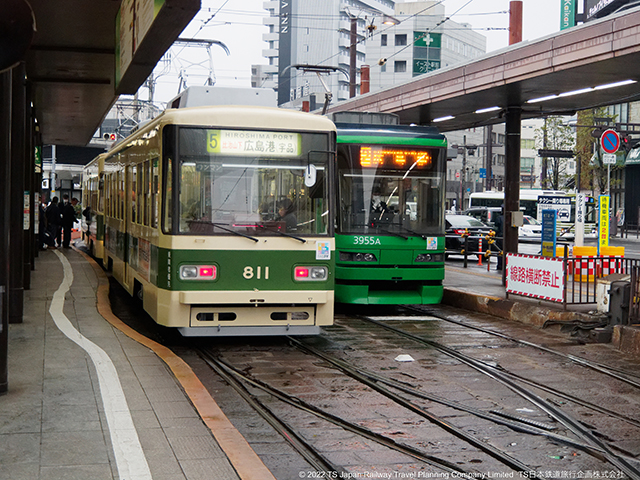
We started Day 3 videoing & photographing the trams at Hiroshima Station (video to be published later) before starting on the long section of this trip along the Sanyo Main Line to Shimonoseki
We had one change of trains at Iwakuni, but the next leg was 182km and took just under 4 1/2 hours, but with a 34 minute stop at Shin Yamaguchi (good to get something to eat, stretch the legs and take train pictures).
Many views of the Seto Inland Sea
Again for a lot of the way the Sanyo Main Line runs close to coast line, particularly between Iwakuni and Tokuyama, with islands in the Seto Inland Sea and further in the background on a clear day the Island of Shikoku visible. Unfortunately it was a cloudy when we travelled.
At Shimonoseki we had to change trains to complete the Sanyo Main Line, going through the 3.6km Kanmon Tunnel that links Honshu and Kyushu under the Kannon Straits.
Quick visit to Mojiko
After arriving at Kokura we did a quick excursion to Mojiko (Moji Port) which is the closest point between the islands of Kyushu and Honshu. The station building here is famous and has been very well preserved both inside and out. JR Kyushu’s Railway Museum is also at Mojiko.
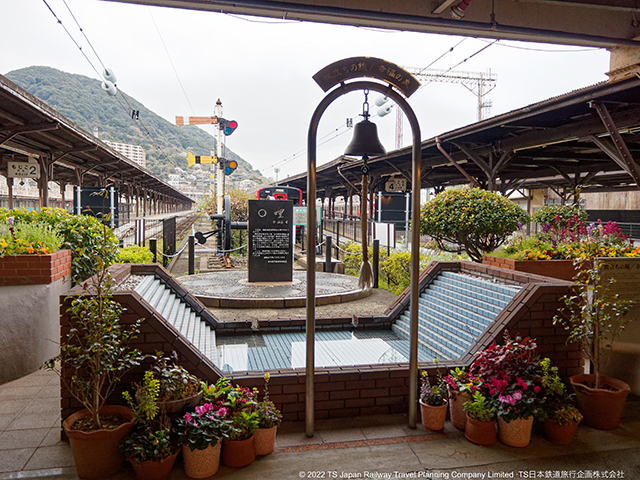 | 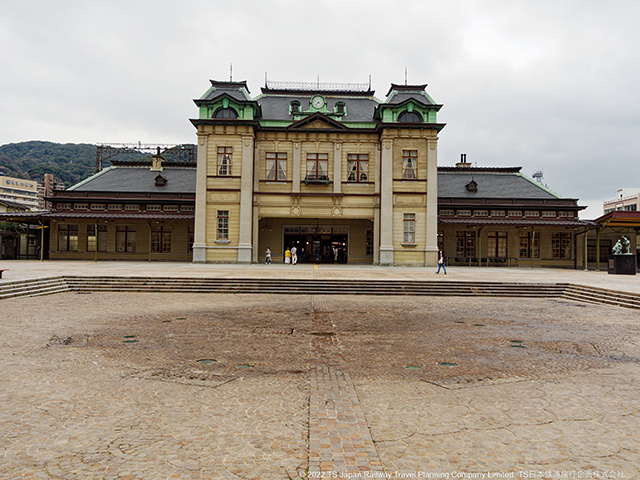 |
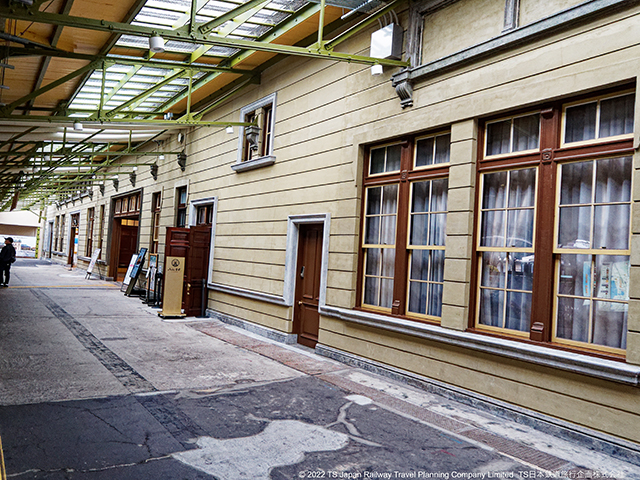 | 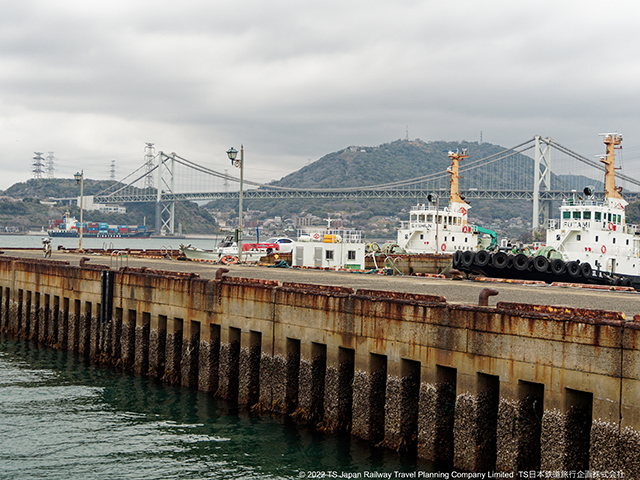 |
We cheated a little for the last part of Day 3’s journey by paying the full fare and express train ticket and travelling by the “Limited Express Sonic” to Oita (133km). The reason for doing this, apart from it already being a long day is that we wanted to complete this section in day light (and we had already travelled more than the Y2,410 distance needed to break even on the Seishun 18 kippu for that day).
Info for Rail Fans
For Rail Fans, although services between Hiroshima and Iwakuni mostly use the newer 227 series “Red Wing” trains, from Iwakuni you can currently see 115, 105 and 123 series trains in the Yellow Setouchi area livery, the 105s & 123s being used on the Ube Line in Yamaguchi. You will also see the occasional KiHa40/47 and KiHa120, particularly at Iwakuni, Tokuyama and Shin Yamaguchi, where if you are there at the right time and Day may even catch a glimpse of SL Yamaguchi and the Limited Express Super Oki KiHa 187. In the Shimonoseki area JR West has both a depot and maintenance works, but it also where you will need to change trains to a JR Kyushu Dual Voltage 415 series for the trip through the Kannon Tunnel. Although the Sanyo Main Line, including the Kannon tunnel are electrified at 1500V DC, on the other side of the tunnel the line is electrified at 20KV AC, hence the need for dual voltage trains on this part of the route. Although may be not high on the list for rail fans, Yamaguchi Prefecture is actually an interesting area to travel to!
Day 4 – Across Kyushu via Aso & the Hohi Main Line
| Route | Line | KM | Seishun 18 Kippu |
|---|---|---|---|
| Oita~Kumamoto (via Aso) | Hohi Main Line | 148.0 | O |
| Kumamoto Shiden (Tram) | X(*) | ||
| Kumamoto Electric Railway (“Kumaden”) | X(*) |
On day 4 we crossed Kyushu from Oita to Kumamoto via the Hohi Main Line, which passes through the Aso region.
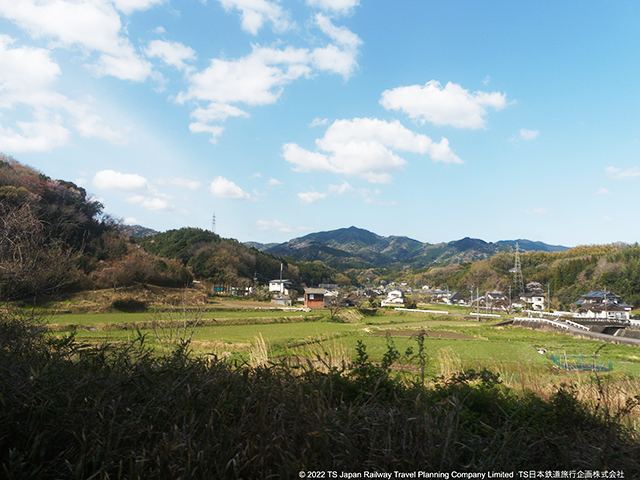
The Hohi Main Line is a very typical Japanese rural line. It is mostly non electrified and although there is a Limited Express Service and a tourist train travelling the whole route.
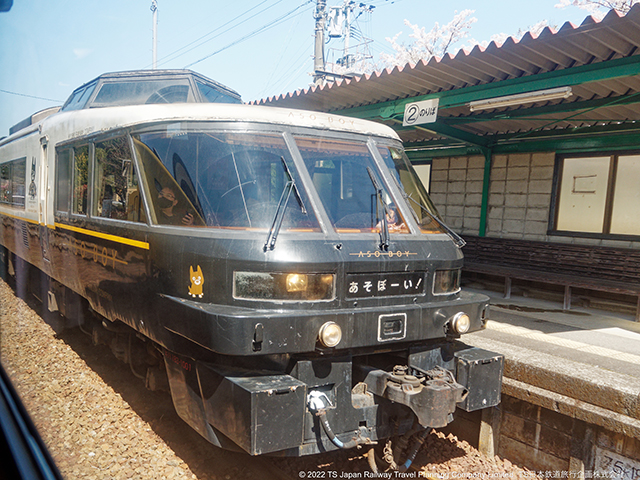
We used local trains (1 or 2 car diesel trains) for most of the route, which as were not too busy we could watch the scenery passing by.
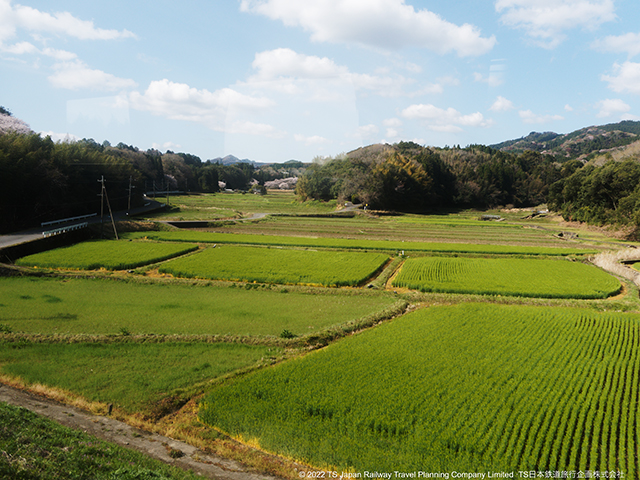
Aso Shrine
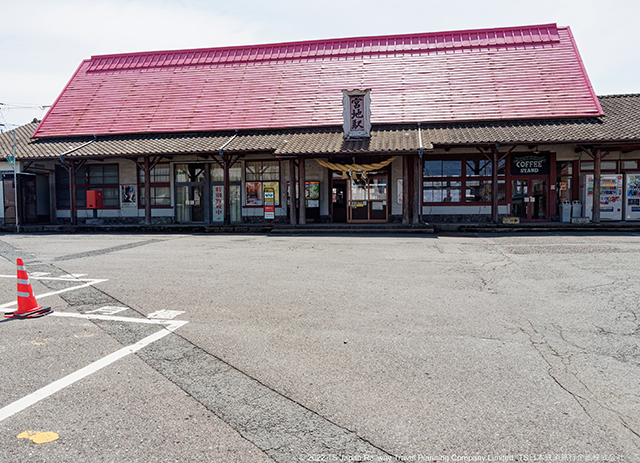
At Miyaji there was a 1 1/2hr gap between trains, but we were able to spend this time to walk to 1.25km to Aso Shrine.
This is a large shrine although severely damaged during the 2016 Kumamoto Earthquake and still under going reconstruction.
Mount Aso – one of the most active volcanoes in Japan
After leaving Miyaji the train passes fairly close to Mt Aso, one of the most active volcanoes in Japan. You can get some very good views of the volcano and surrounding area from the train.
This trip also coincided with the sakura season and it was interesting to see many stations with a cherry tree or two, and throughout the trip you could small clusters of sakura blossom in the mountains.
Kumamoto
In Kumamoto we visited the Fujisaki Hachiman-gu (Shrine), which is one of the major shrines in Kumamoto and can be reached on the Kumamoto Dentetsu Railway (Kumaden). We also got some interesting pictures of the Kumamoto skyline showing, like many cities the uniformity of the height of tall buildings (an earthquake precaution).
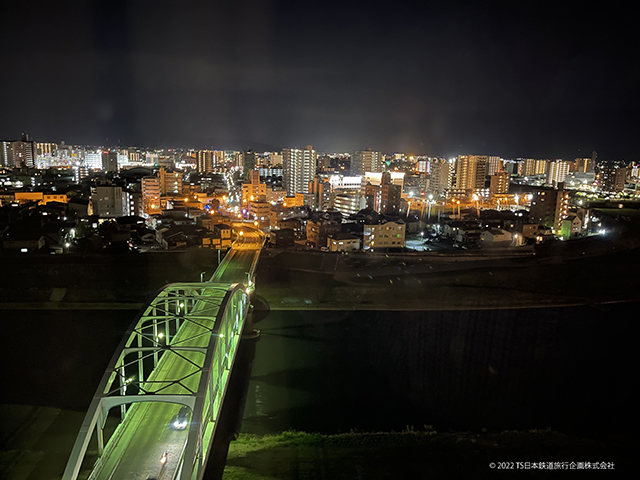
Info for Rail Fans
For rail fans & tram lovers, Kumamoto has its city tram network. There is also a private railway – Kumamoto Electric Railway (known as Kumaden). This railway has some old trains and also some former Tokyo Metro trains that were donated by Tokyo Metro to Kumaden to aid its recovery after the 2016 earthquakes. Throughout today’s trip we saw and rode on a variety of JR Kyushu Diesel cars typical of rural lines, as well as a variety of other trains.
Day 5 – Kumamoto to Hakata via Imari & Karatsu
| Route | Line | KM | Seishun 18 kippu |
|---|---|---|---|
| Kumamoto~Tosu | Kagoshima Main Line | 89.80 | O |
| Tosu~Kubota | Nagasaki Main Line | 31.40 | O |
| Kubota~Imari ~Karatsu | Karatsu Line / Chikuhi line / Karatsu Line | 91.7 | O |
| Karatsu~Hakata | Chikuhi Line / Fukuoka Subway Airport Line | 42.6 | △ |
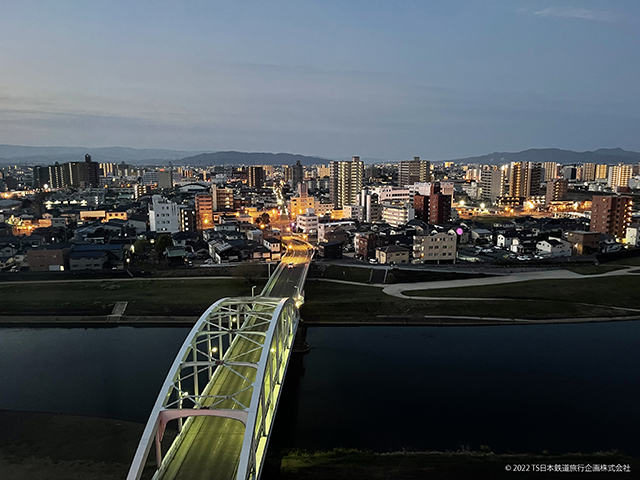
Day 5 and the last day that we would be using the Seishun 18 Kippu. Although a relatively short journey today we still had to start early.
We travelled the 90km / 95 minute journey up the Kagoshima Main Line to Tosu, which is the junction of the Kagoshima Main Line & Nagasaki Main Line. Tosu actually turned out to be a good spot for some train spotting as we could see a variety of trains stopping at the station including the frequent “Kamome Limited Express” service (787 & 885 series) to and from Nagasaki, the “Yufuin no Mori” tourist Train (KiHa 72) and “The Huis Ten Bosch / Midori Limited Expresses” (783) to Huis Ten Bosch (Dutch theme park resort) and Sasebo.
From Tosu we traveled to Kubota on the Nagasaki Main Line. Kubota is the junction with the Karatsu Line, which is another very rural non electrified line. We travelled on the Karatsu Line as far as Yamamoto.
Karatsu Line & Chikuhi Line
In Japan, there are quite a few situations where railway lines have become split. This is usually because part has been closed but the two parts have been joined by another line. The Chikuhi Line is one such line. This line used to run from Hakata to Imari, but the section between Nijinomatsubara and Yamamoto was closed in 1983 as a new section was opened between Nijinomatsubara and Karatsu which joined with the Karatsu Line. This left the Yamamoto to Imari section disconnected with the rest of the Chikuhi Line, but connected by the Karatsu Line. The main part of the Chikuhi Line is electrified, but the Yamamoto~Imari section is unelectrified and very much a rural line like the Karatsu Line, in fact trains to and from Imari run through to Karatsu. At Imari, passengers can change to the Matsumura Tetsudo Line.
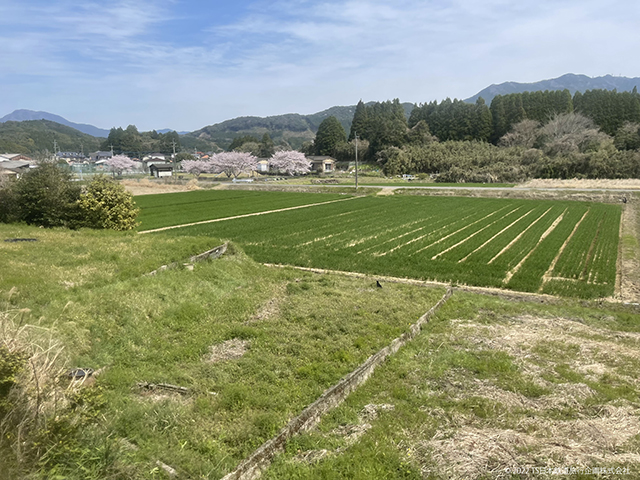
The main section of the Chikuhi Line runs along the Fukuoka Prefecture coast line for much of the way. It is also one of the few lines where JNR series 103 EMUs still operate (1500 sub type) between Karatsu & Chikuzemmaebaru (筑前前原). Although the Chikuhi Line used to run to Hakata, since 1983 you need to travel by Fukuoka City Subway between Meinohama & Hakata (Seishun 18 kippu is not valid on this section)
Day 6 – Back to Tokyo via the Kure Line
| Route | Line | Seishun 18 Kippu |
|---|---|---|
| Hakata~Hiroshima | Sanyo Shinkansen | X |
| Hiroshima~Kure ~Mihara | Kure Line | X(*) |
| Mihara~Okayama ~Tokyo | Sanyo & Tokaido Shinkansen | X |
This was the final day of our trip and the return to Tokyo after what was 6 days on the rails. As mentioned we had finished up all 5 days of our Seishun 18 Kippu.
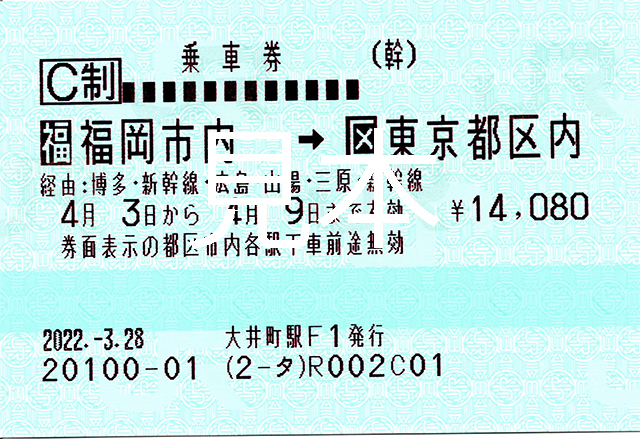
Therefore we bought a normal basic fare ticket for travel from Hakata to Tokyo and shinkansen tickets for those sections we did by shinkansen.
We had an early start from Hakata on the Nozomi 10 shinkansen to Hiroshima, where we transferred to the Kure Line.
Kure Line
The Kure Line takes the coastal route between Mihara and Hiroshima, whereas the Sanyo Main Line takes a more direct inland route in this area.
Most of the time you have to change trains at Hiro (you can get an ordinary “Rapid” (快速) service between Hiroshima and Hiro, but between Hiro and Mihara there are only local trains, except for one Tourist Train the “etSETOra” which we saw but did not travel on.
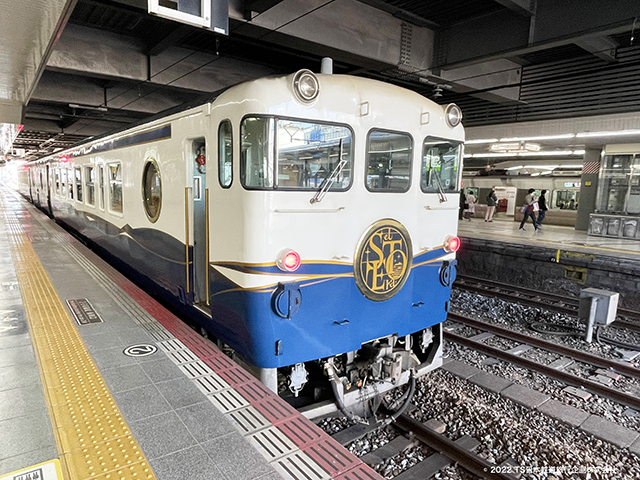
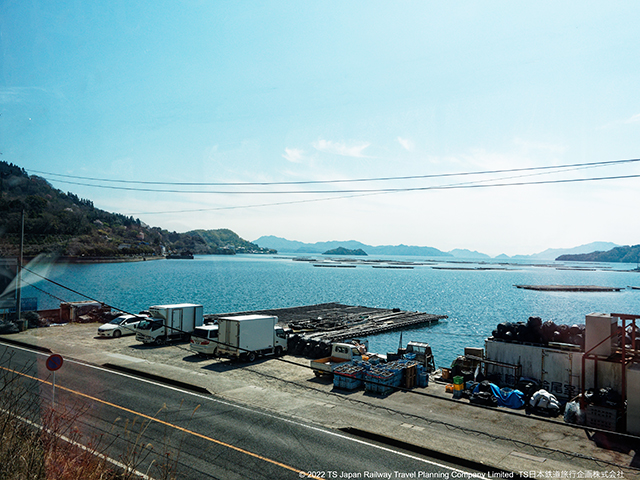
As well as the scenery, particularly the many islands, there is also ship building industry along the coast line.
There are many speed restrictions on the line after Hiro, which is good for observing the views – make sure you are sitting on the sea side!
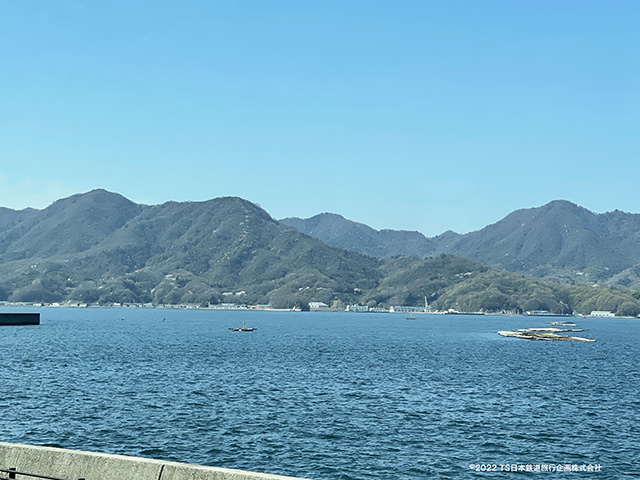
And a word or two on Shinkansen
We at TS Japan Rail, although we use shinkansen to get from A to B, like to encourage travellers and rail fans to explore Japan also using the conventional railway lines, which is really what this article is about.
For shinkansen fans however, a quick trip to Hakata Minami is recommended (although we did not do on this trip). You reach Hakata Minami by a shinkansen, the fare is Y300 (basic fare Y200, Express ticket Y100). The station at Hakata Minami is next to the JR West Hakata Minami Shinkansen Depot, a good spot for pictures!
We also did the the section between Mihara and Okayama on the last day by shinkansen.The time worked well to travel on a distinctive JR West 500 series shinkansen, which nowadays are only used on Kodama (the slowest expresses) on the Sanyo Shinkansen.
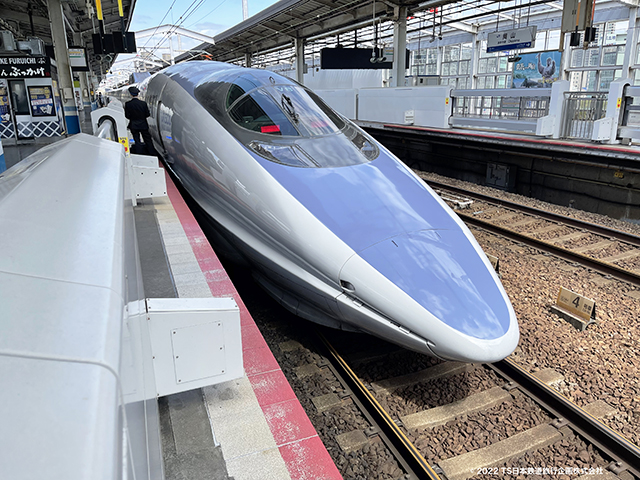 | 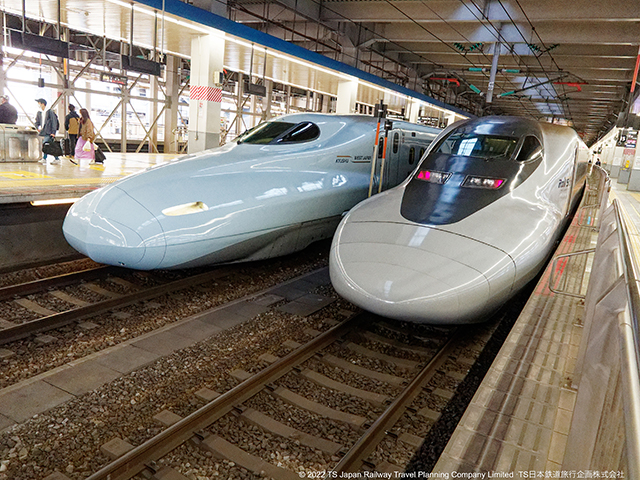 |
TS Japan Rail’s Travel Planning Service
To see some of what TS Japan Rail provides with its Travel Planning Service download our example travel itinerary (this one is for rail fans)
See our web site for more information on our services

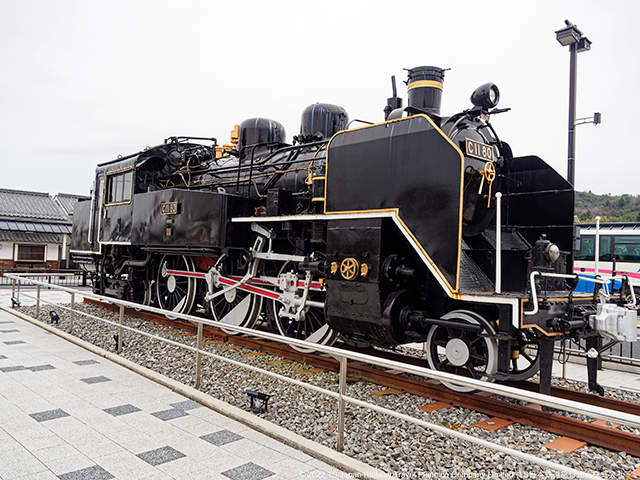
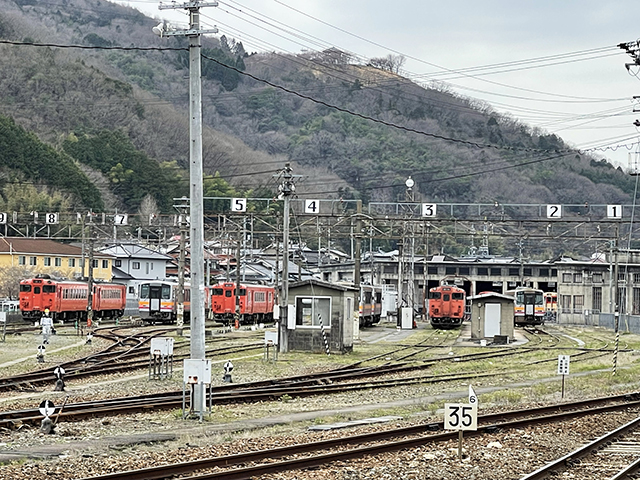
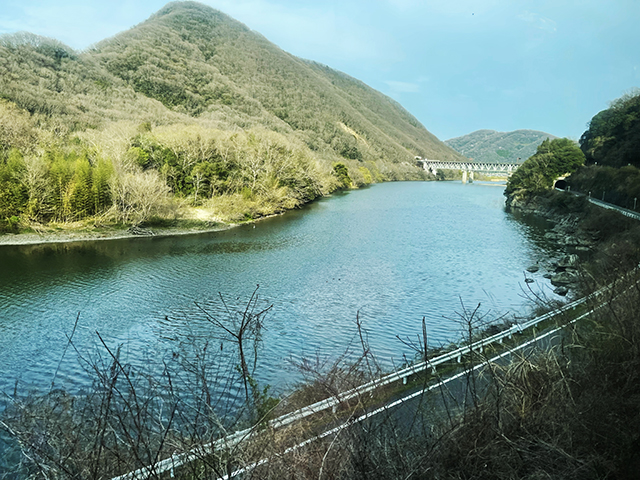
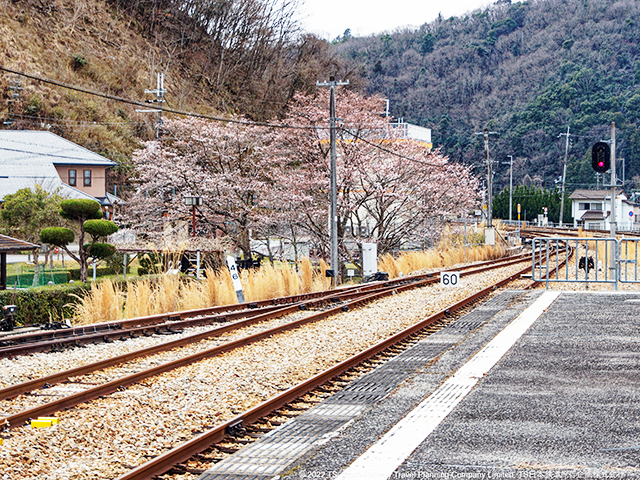
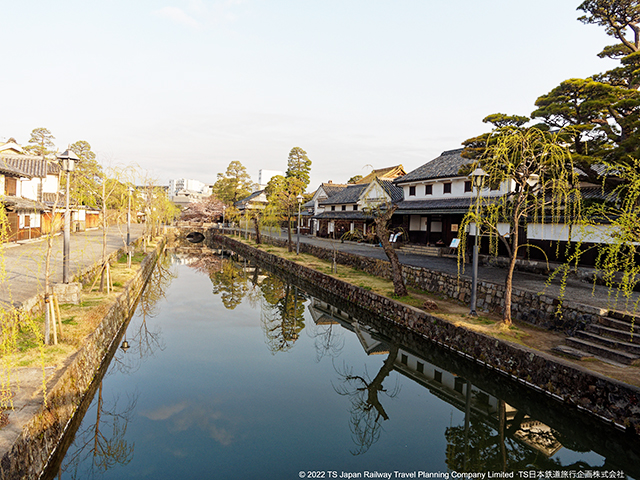
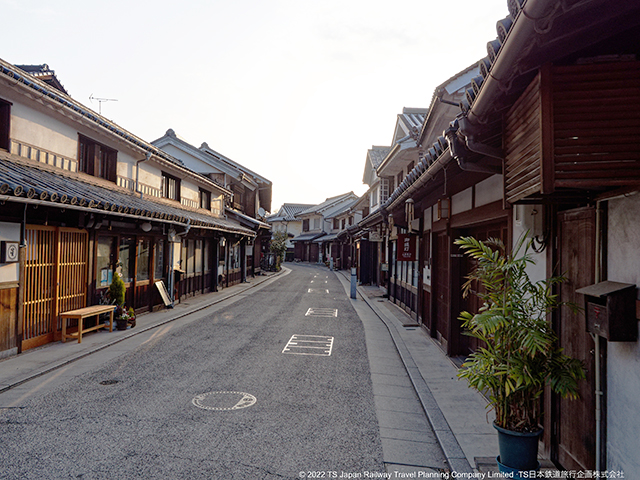
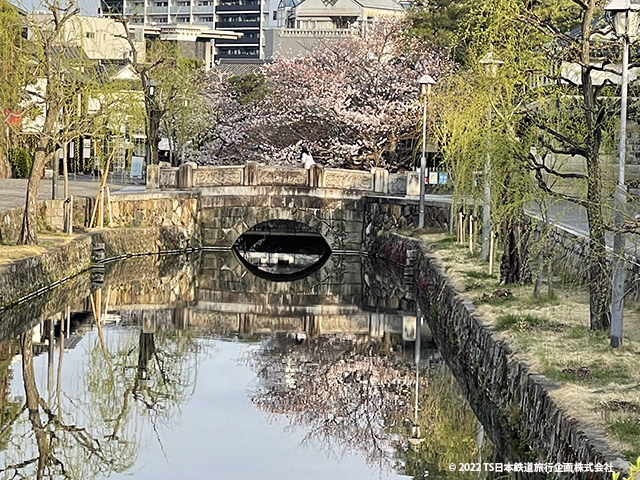
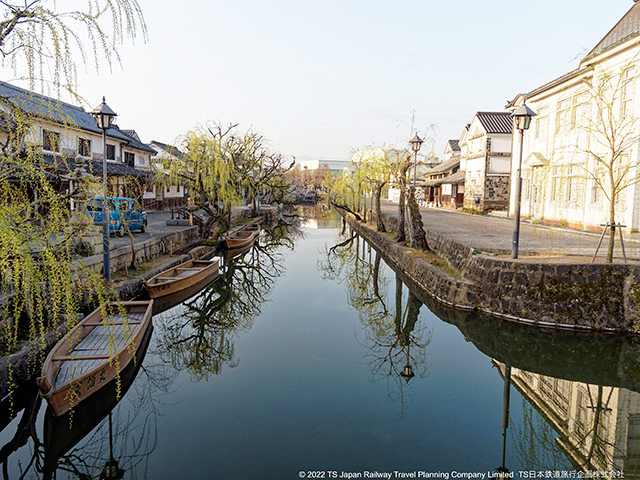
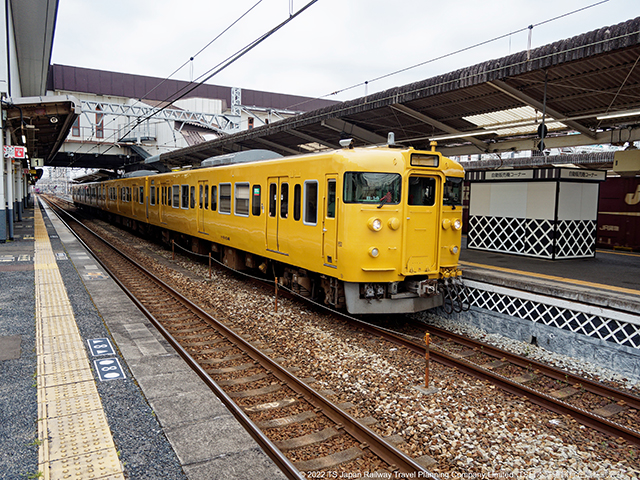
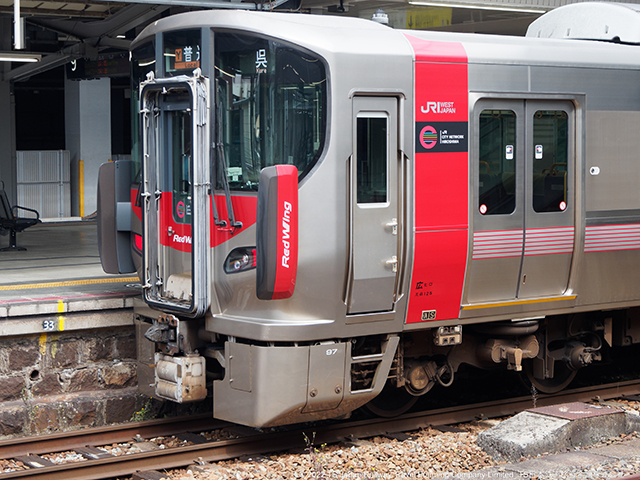
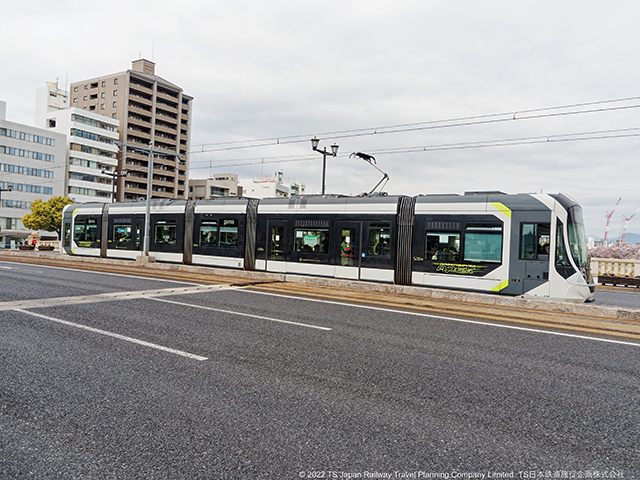
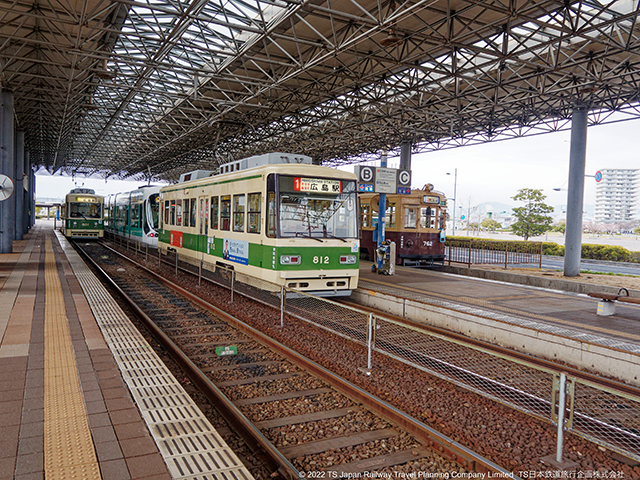
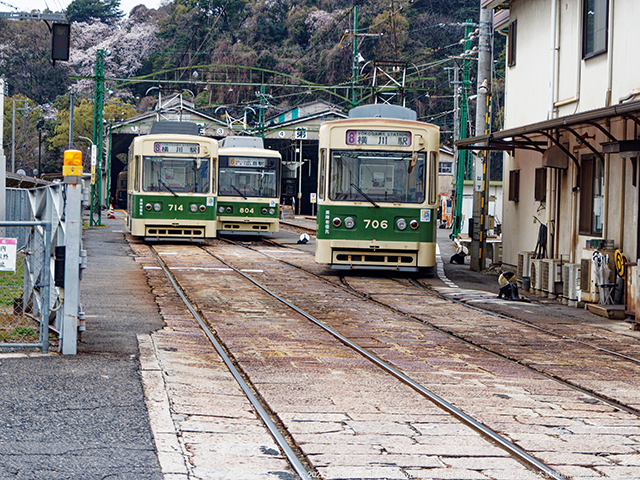
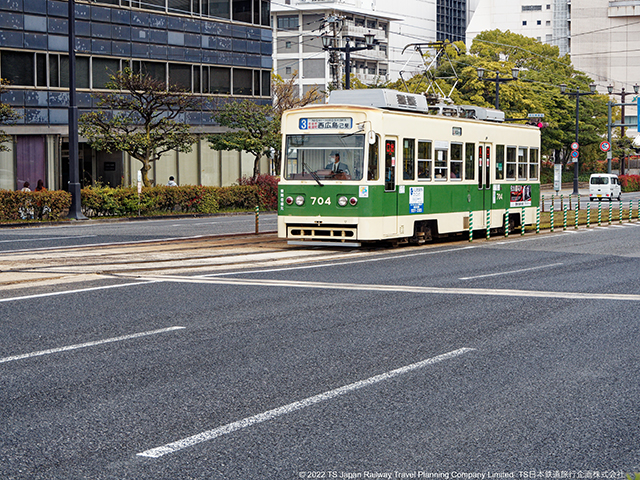
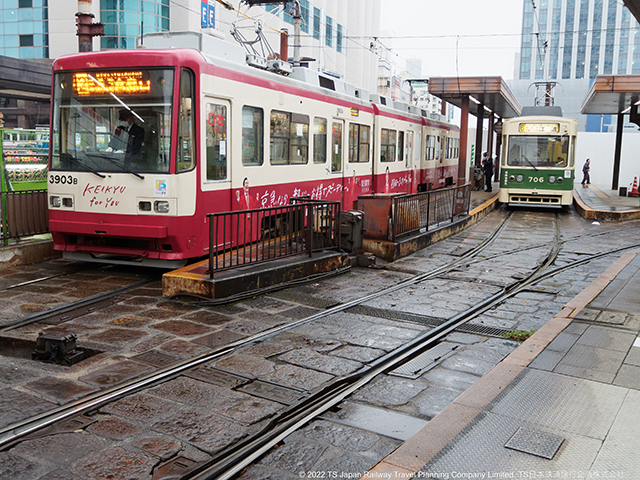
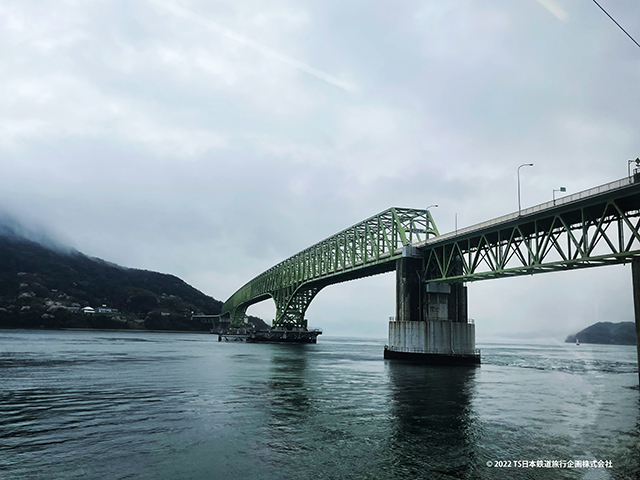
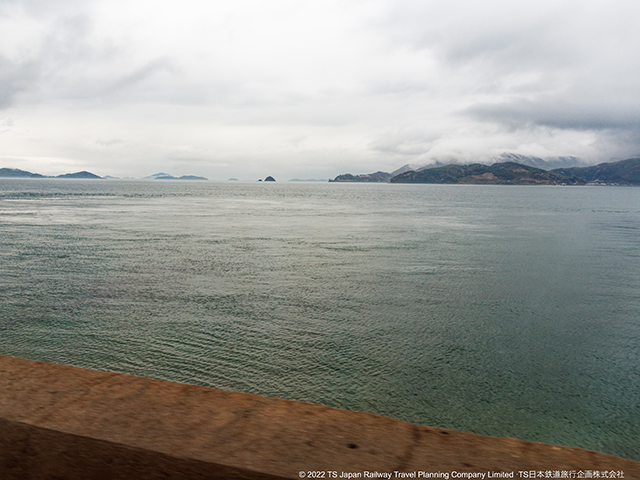
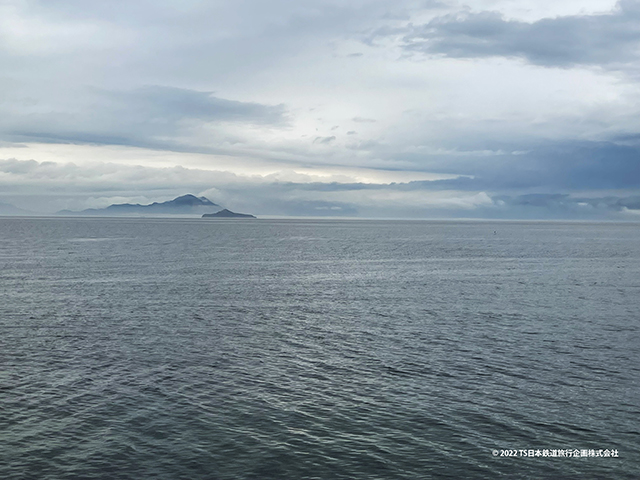
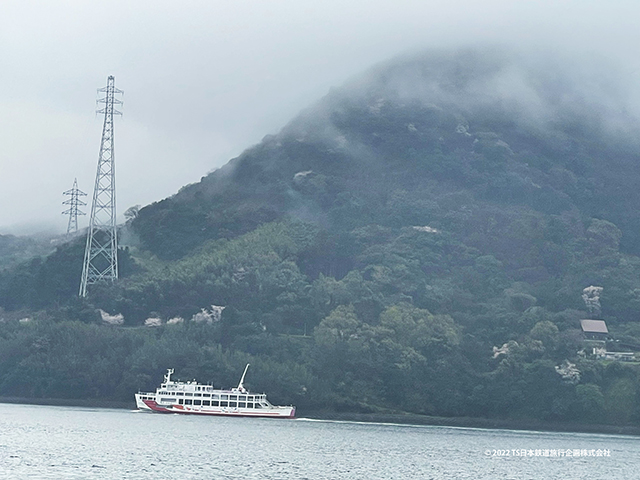
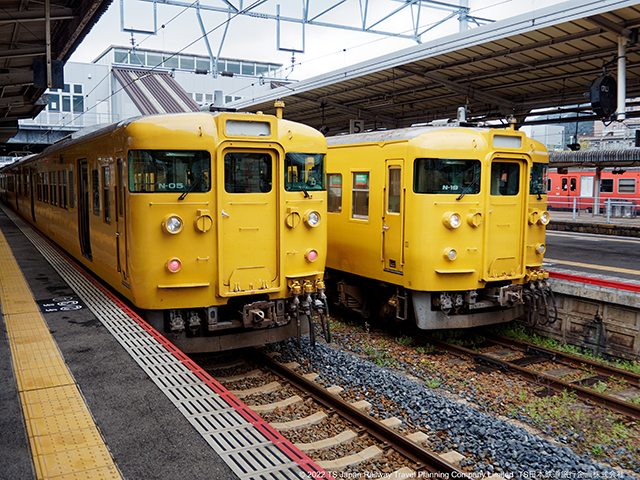
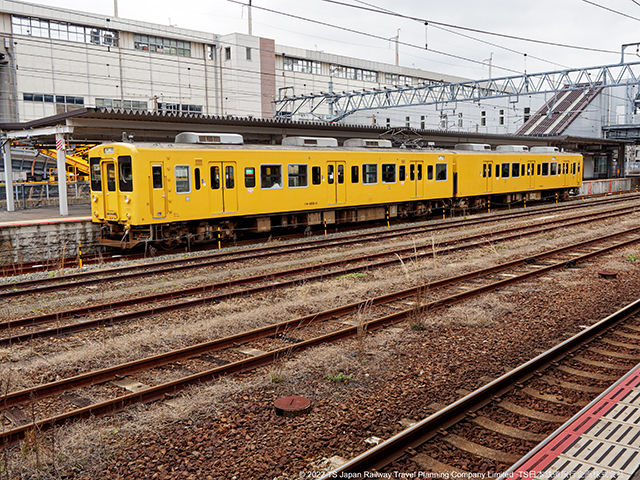
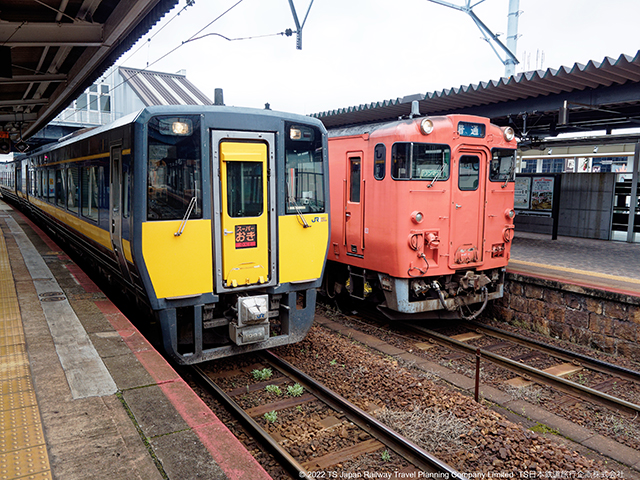
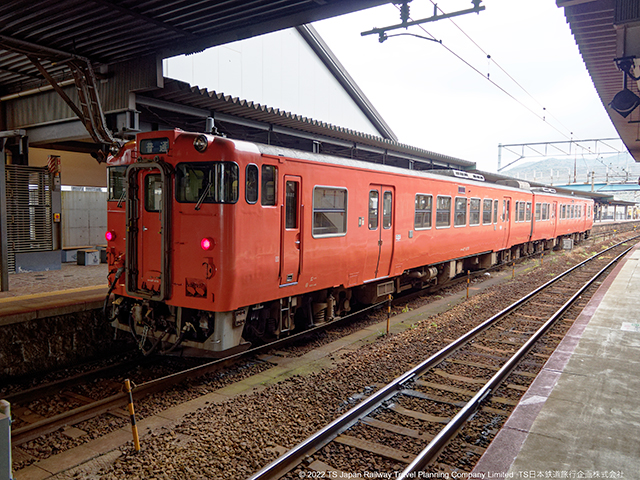
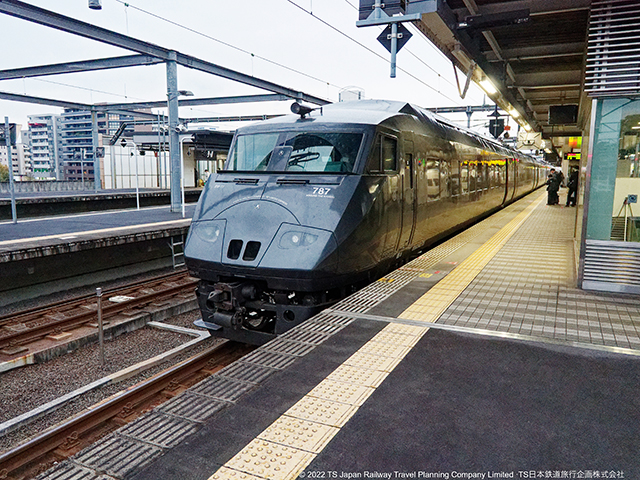
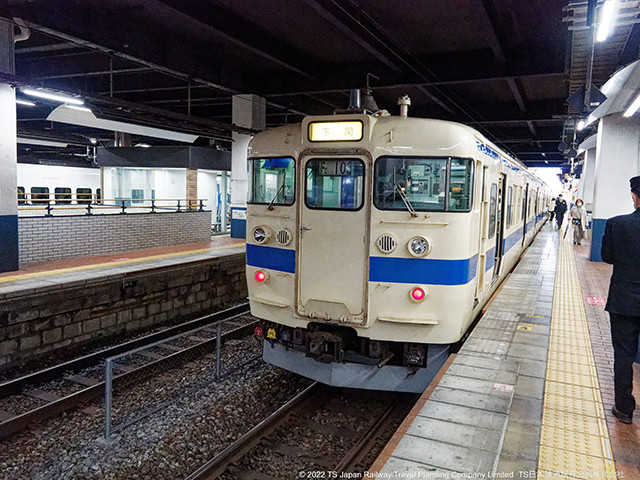
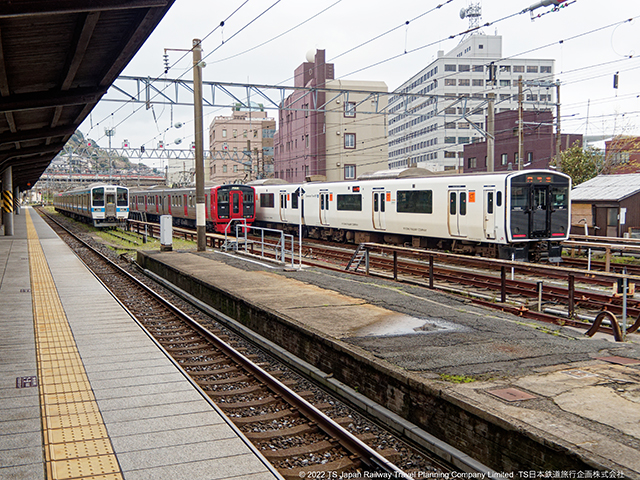
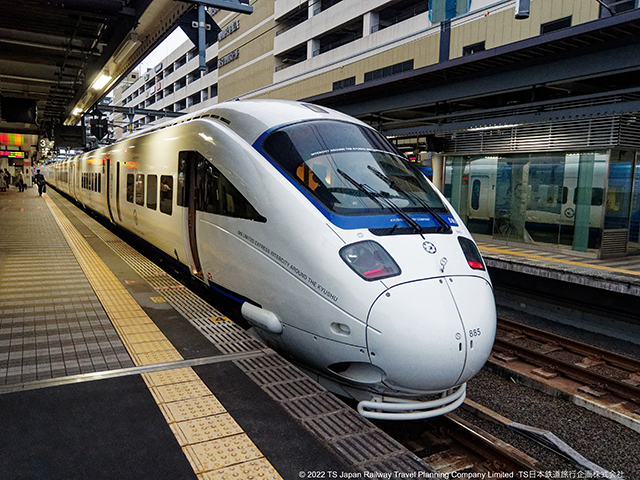

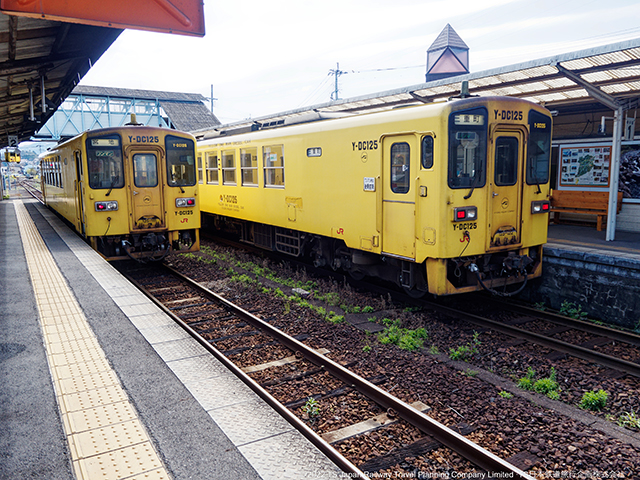
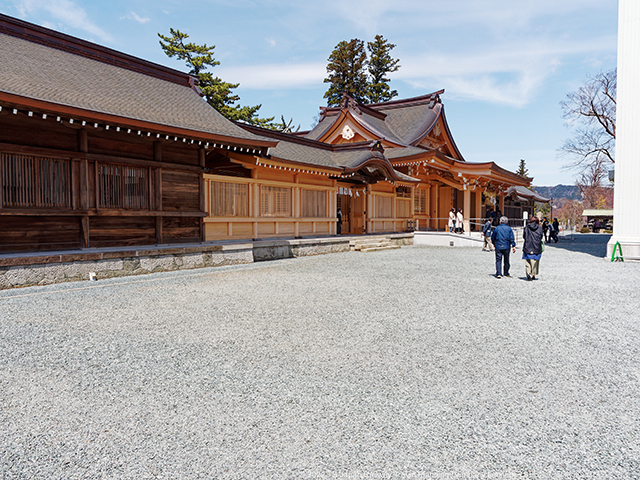
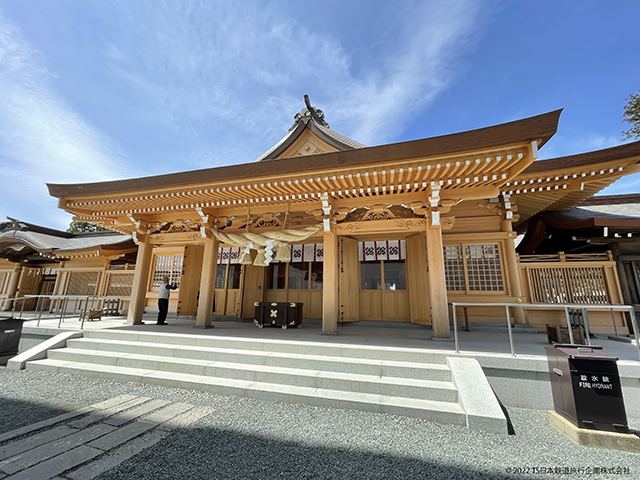
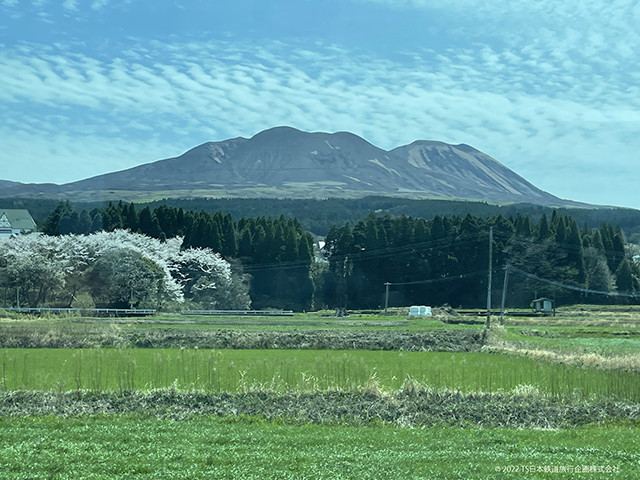
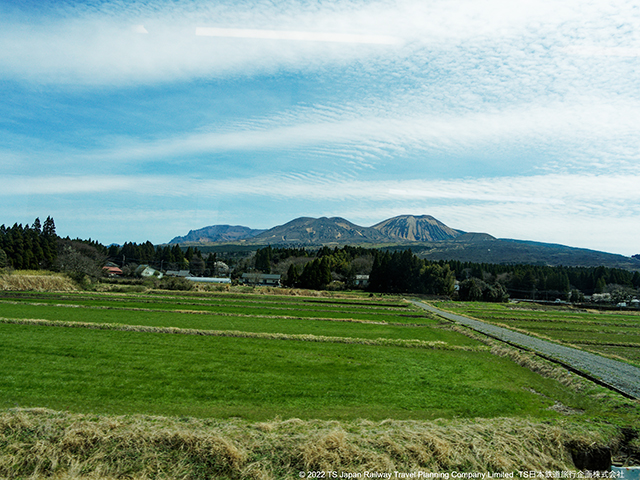
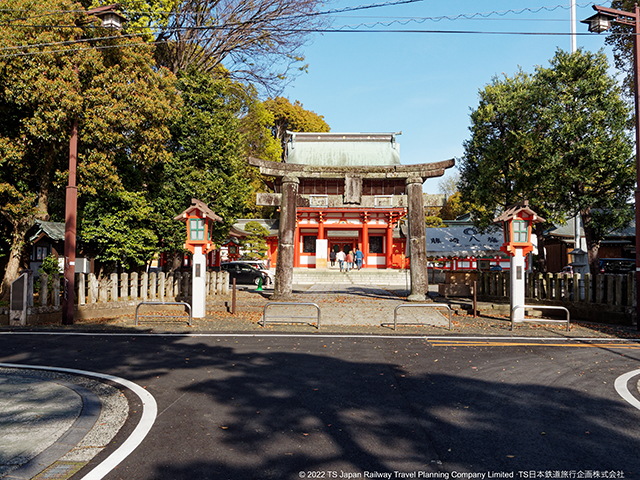
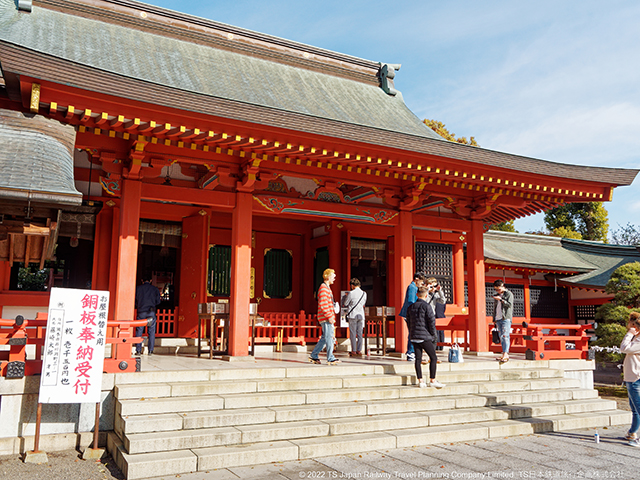
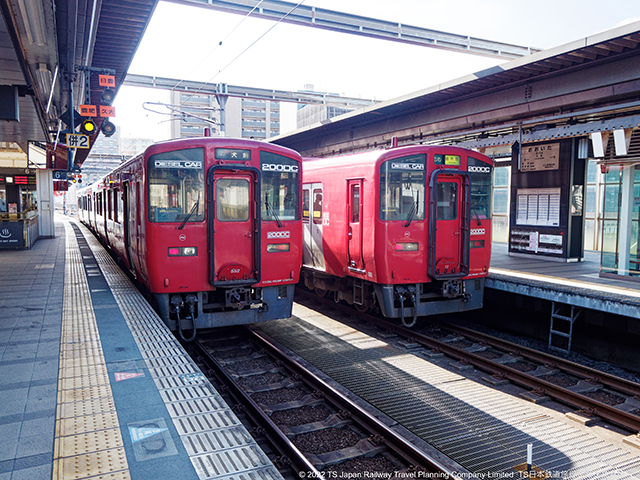
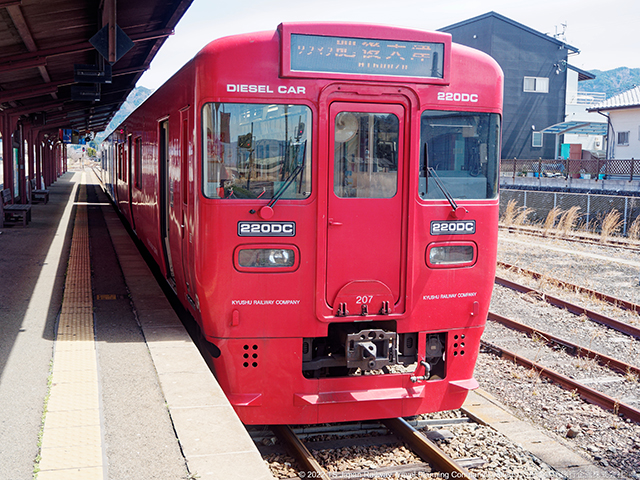
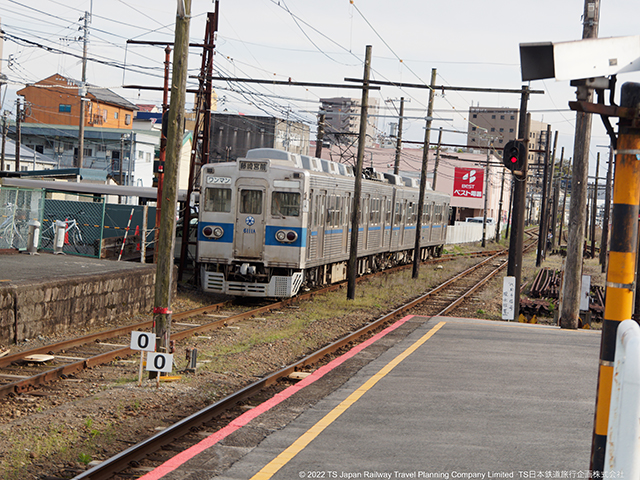
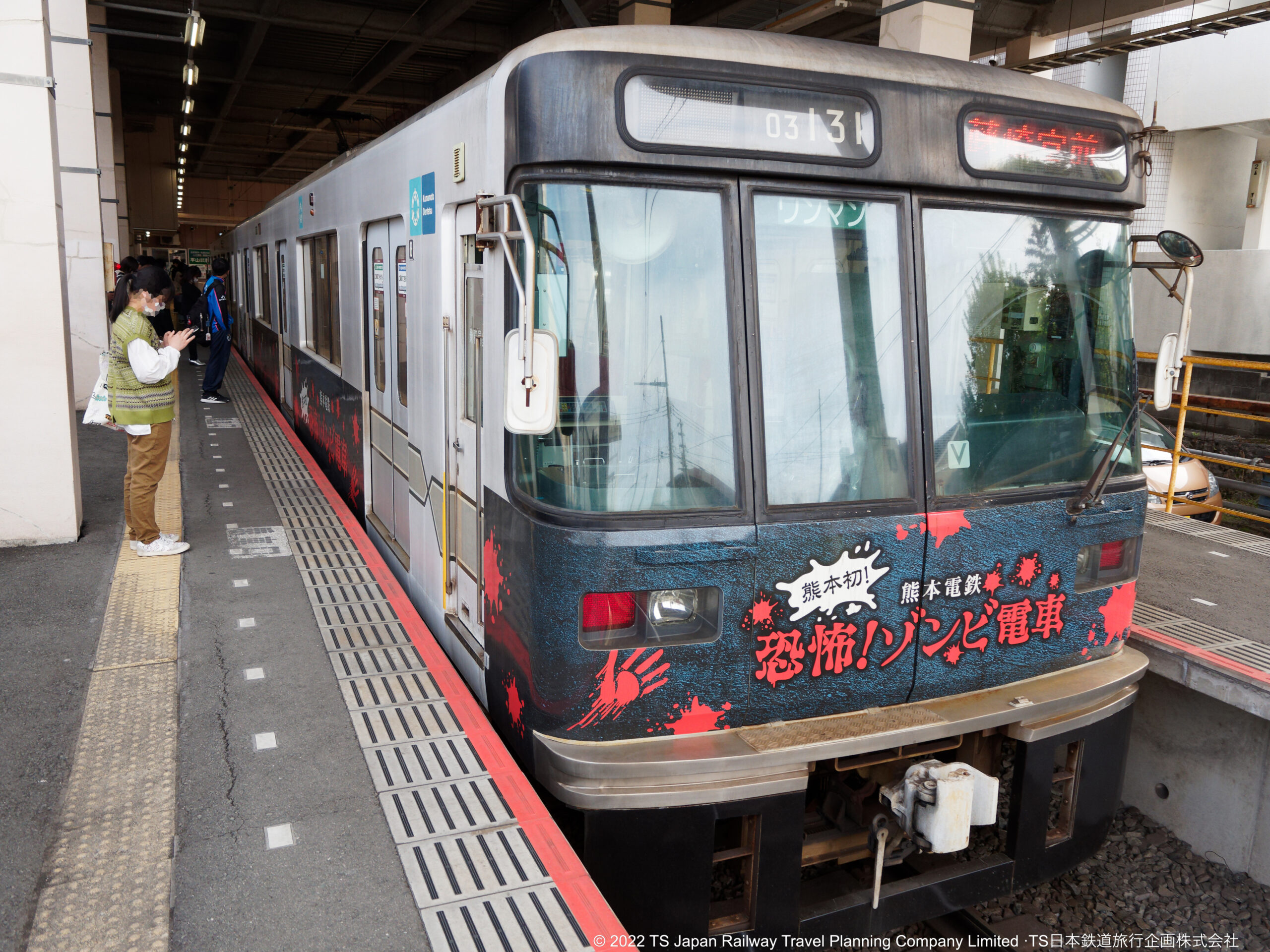
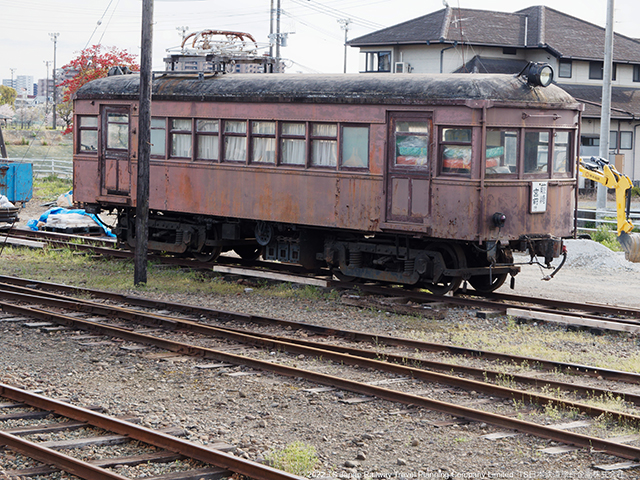

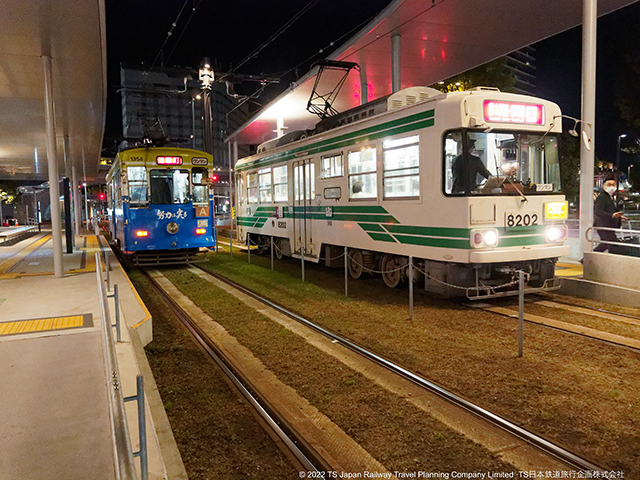
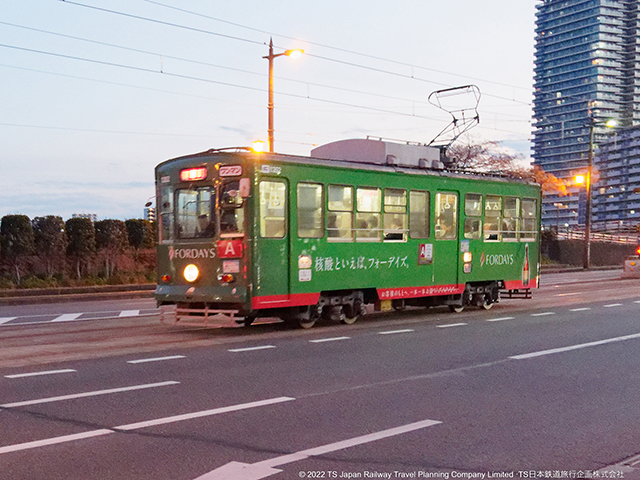
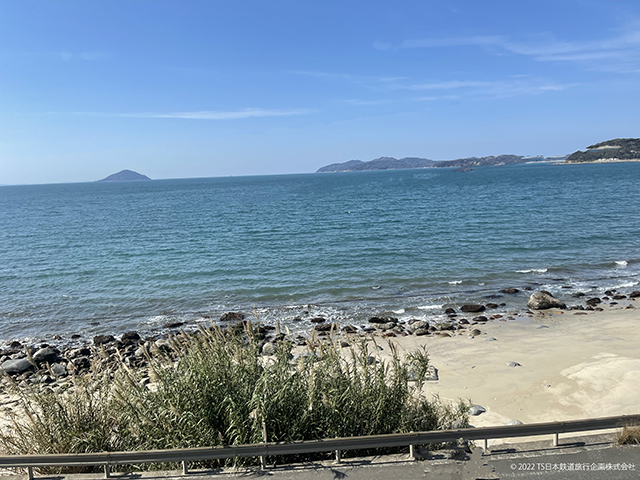
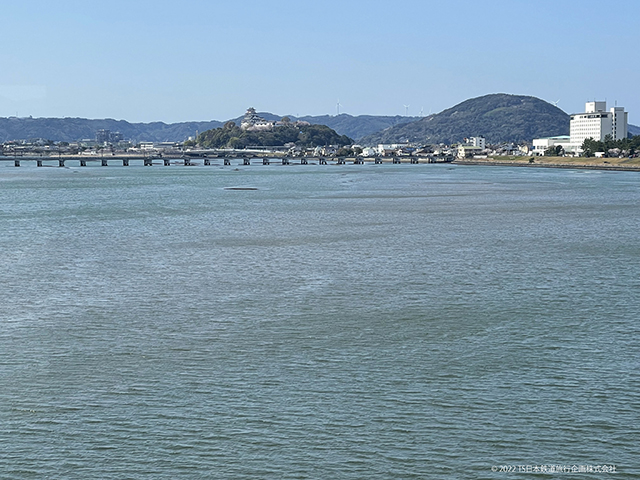
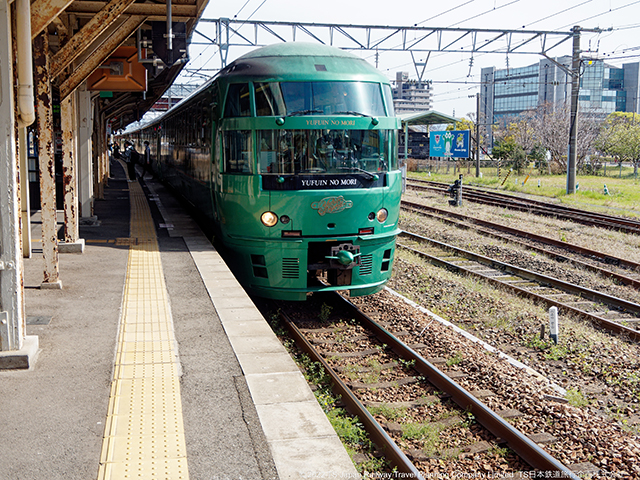
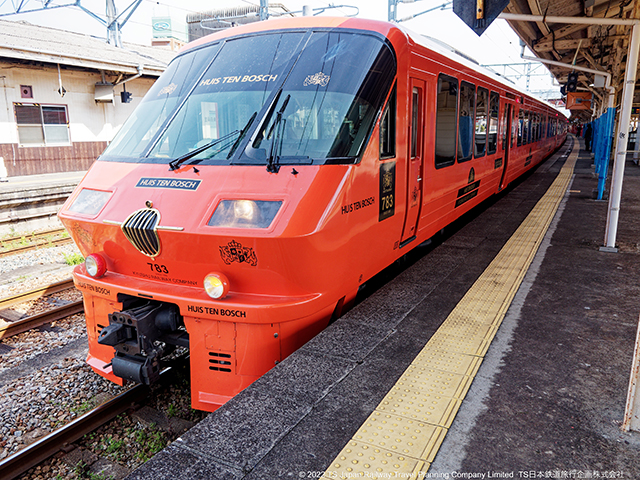
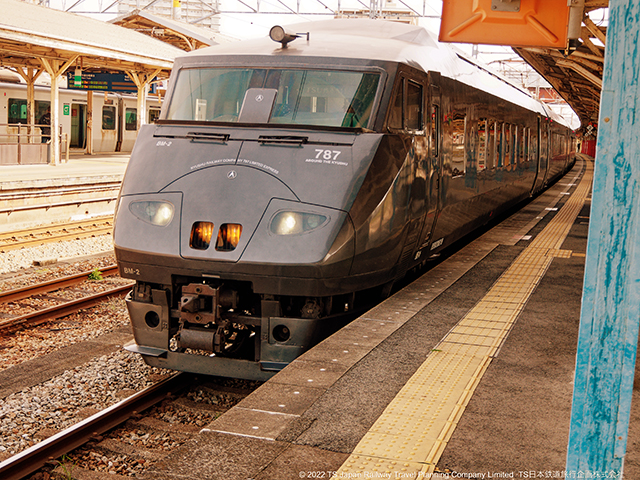
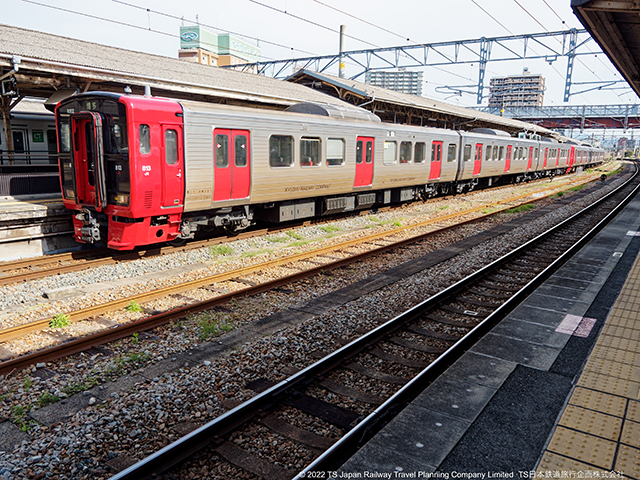
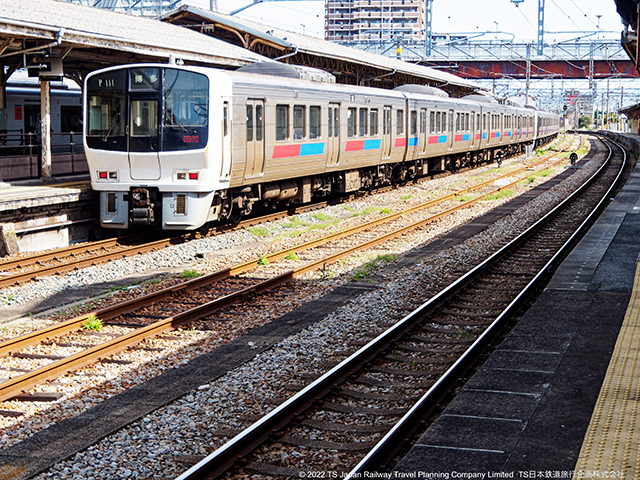
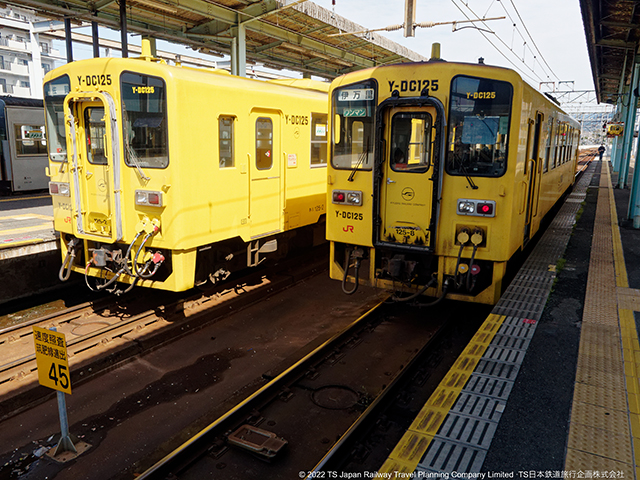
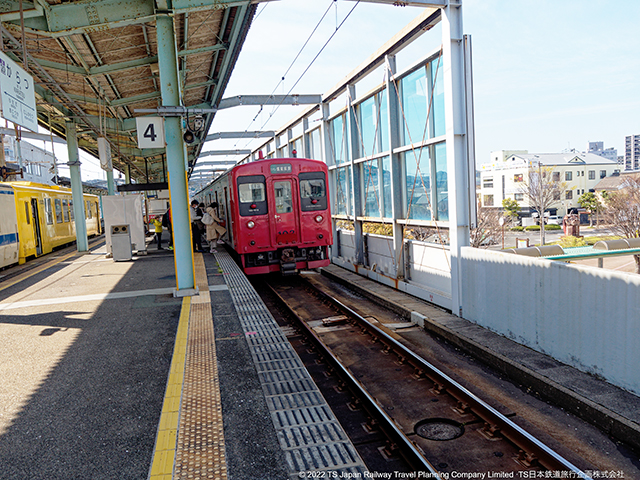
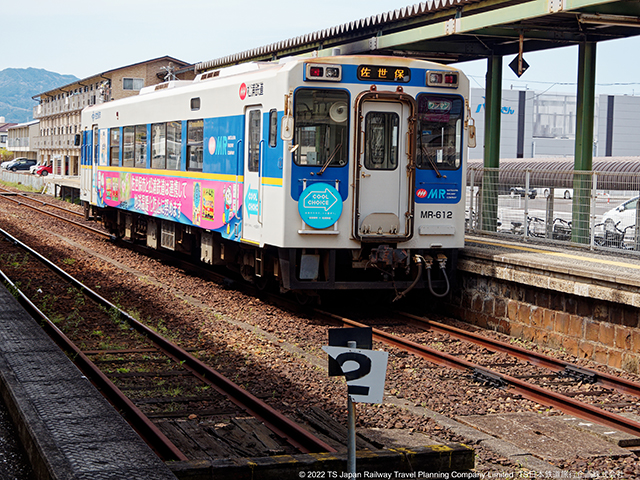
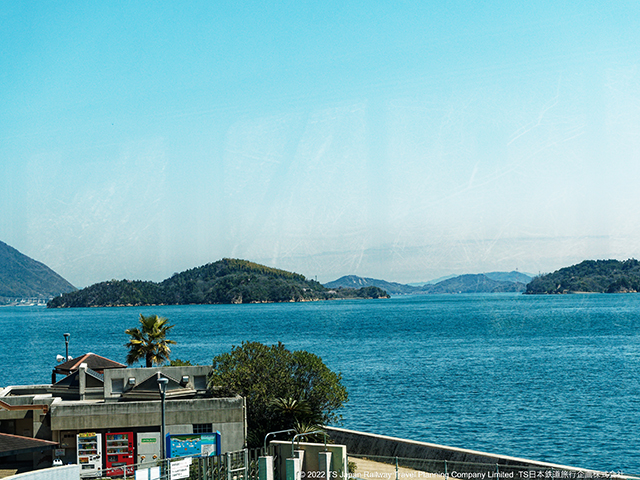
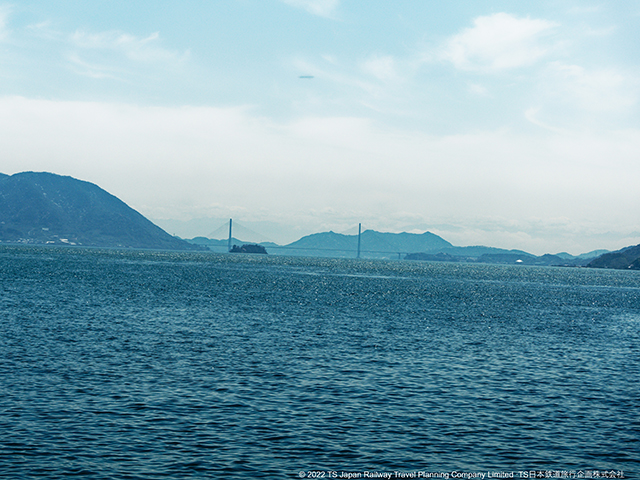










コメント
コメント一覧 (1)
[…] Read the article on our Chugoku and Northern Kyushu Tour (on our main site) […]